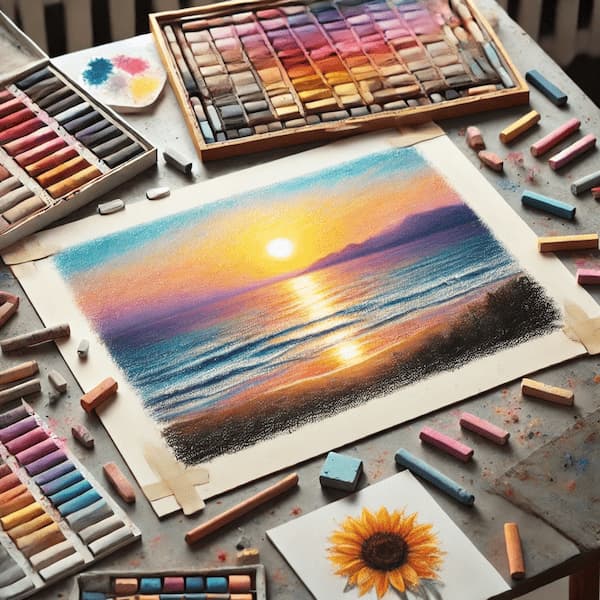Hello, Artenauta! In our journey through the history of art today we are going to stop at an artistic movement characterized by the provocative use of color: Fauvism.
Fauvism in 10 tips
- It was the first vanguard.
- This pictorial movement emerged in France between 1904 and 1908.
- Fauve or Fovism comes from the French expression “les fauves” (“the wild beasts”), referring to an art critic Louis Vauxcelles, referring to the group of works exhibited at the Salon d’Automne, which took place at the Grand Palais in Paris in 1905.
- Henri Matisse is considered one of the precursors of this movement.
- Color is the key to the work, ignoring chiaroscuro, perspective… The objective is to express emotions, endowing the work with spontaneity.
- The technique is applied through rapid and vigorous brushstrokes, using discontinuous and rough strokes.
- The drawing plays a secondary role in the work.
- The artists of Fauvism worked with the Theory of Color, to arrive at an interpretation of which are primary, secondary and complementary.
- This pictorial current is influenced by currents of thought such as those of Friedrich Nietzche or Émile Zola.
- It was the last group of artistswith a predilection for plein air painting.
Famous works of Fauvism
Chaville, the pond of L’Ursine
The dance
Winter I
Woman reading
Woman looking at fish tank
We hope you enjoyed this post and, as always, we invite you to continue researching and discovering much more about Fauvism.
To become a true artist, knowing each technique and material and knowing when to use each one of them to achieve the desired results, we invite you to visit our
Online Painting Course
where you will learn everything you need to know to become a true artist while discovering and developing your own style.























